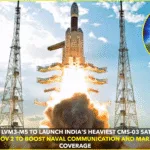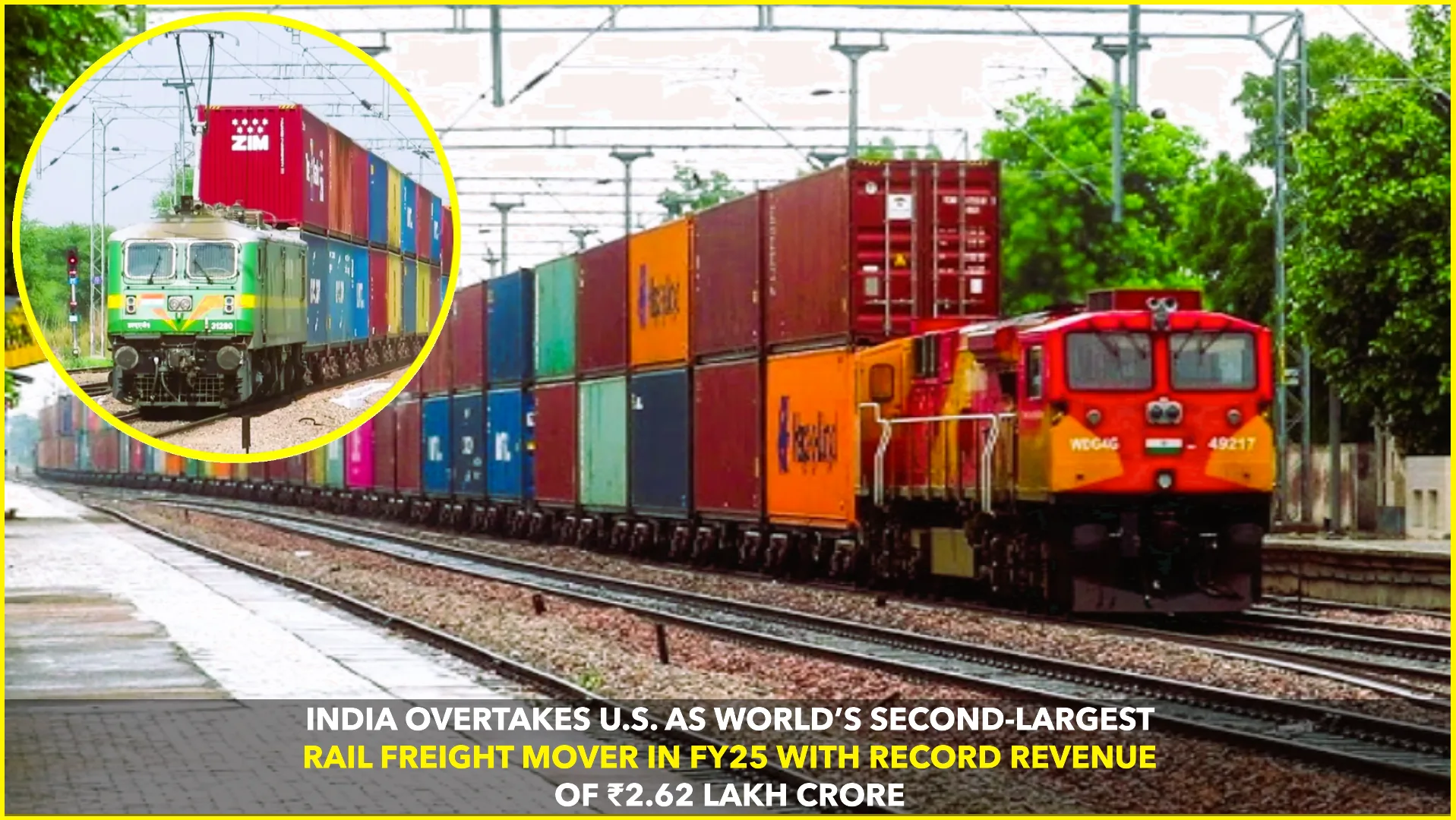India’s Rail Freight Breakthrough
India’s railway sector has surged ahead in global freight movement, overtaking the United States to claim the position of the world’s second-largest rail freight mover. In the fiscal year 2025 (FY25), Indian Railways moved over 1.61 billion tonnes of freight, thereby outpacing U.S. rail freight volumes. At the same time, it generated a record ₹2.62 lakh crore in revenue from freight operations. This performance marks the fourth consecutive year of breaking freight loading and revenue records.
Only China now handles more cargo by rail than India, underscoring how far India has come in scaling its freight network. ETInfra.com+2The Economic Times+2
The Driving Forces Behind the Leap
This achievement is no accident — it reflects years of focused efforts, investment, and reforms:
- Infrastructure & capacity expansion: India has upgraded track strength, signalling systems, and yard capacity to bear heavier loads and faster transit.
- Dedicated Freight Corridors (DFCs): The roll-out of exclusive freight corridors has reduced conflicts with passenger services, decongested key routes, and allowed continuous high-speed goods movement. Wikipedia
- Operational efficiency & diversification: Freight mix has widened — coal, minerals, containers, steel and more — enabling steadier revenue streams even when one sector dips.
- Cost & environmental benefits: Rail transport remains more energy-efficient per unit than road transport. Shifting cargo from highways to rail helps lower logistics costs, fuel usage, emissions, and road wear.
- Policy & institutional support: Reforms in clearance processes, pricing structures, and collaboration with private players have made rail freight more competitive.
Implications for India’s Economy & Trade
This milestone strengthens India’s credentials as a global logistics hub. Some anticipated outcomes:
- Lower transport costs: Industries gain by paying less for bulk movement, boosting competitiveness in both domestic and export markets.
- Stronger supply chains: Rail’s capacity and dependability support smoother supply chains across sectors such as steel, cement, coal, and manufacturing.
- Green growth push: Greater reliance on rail helps reduce carbon emissions in the transport sector — aligning with India’s climate and sustainability goals.
- Attracting investment: Credible logistics infrastructure is a magnet for industry, especially for export-oriented manufacturing, warehousing, and distribution networks.
- Global standing elevated: Surpassing the U.S. in rail freight sends a signal about India’s growing scale, capacity, and ambition in global infrastructure and trade.
Challenges & Next Steps
To sustain and build on this success, Indian Railways must:
- Continue infrastructure upkeep: Tracks, bridges, yards, and signalling setups will need frequent upgrading to keep up with the load.
- Balance passenger and freight needs: The dual mandate of moving people and goods requires smart scheduling, capacity allocation, and prioritisation.
- Adopt digitisation & innovation: Predictive maintenance, real-time tracking, automation and AI could further reduce delays and costs.
- Institutional reforms: Greater private sector involvement, integrated multimodal logistics planning, and transparent pricing will help.
- Environmental focus: Continued shift of freight from road to rail and use of clean energy in rail operations will reinforce climate goals.
A Landmark in Motion
Overtaking the U.S. in rail freight is more than a headline — it’s a turning point in how India moves goods, grows business, and competes globally. It shows that India’s rail network is no longer merely a domestic backbone, but an aspirational global logistics player. With much work ahead, this milestone gives both momentum and credibility.
Source:
“Indian Railways achieves record freight loading and revenue in FY25” & “Railways breaks freight loading, revenue records for 4th year” — Economic Times / ET Infra ETInfra.com+1










